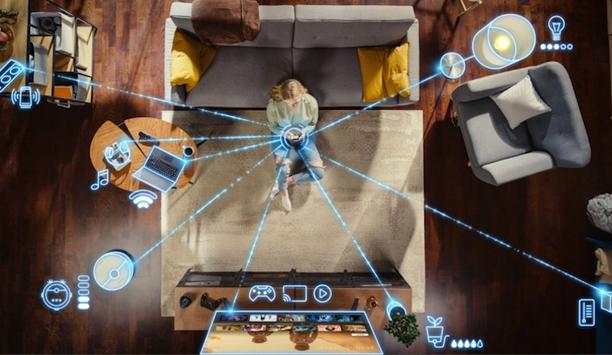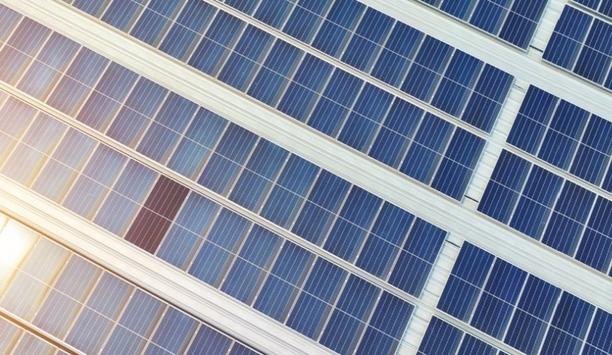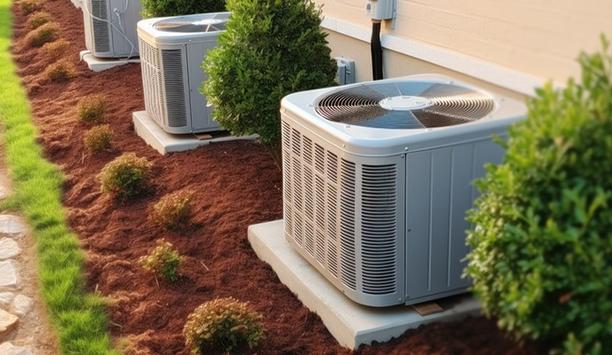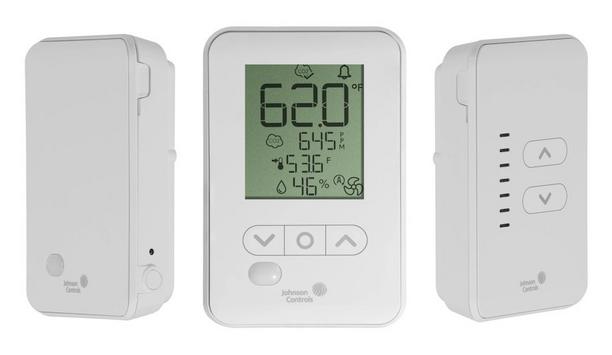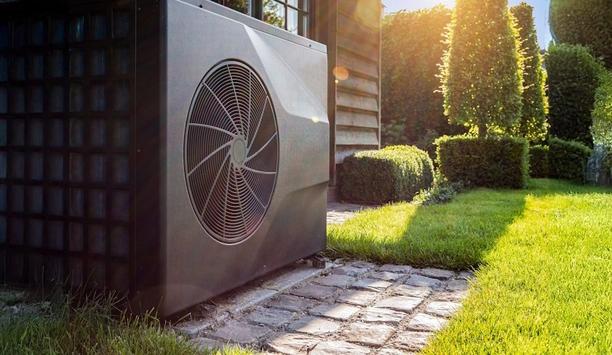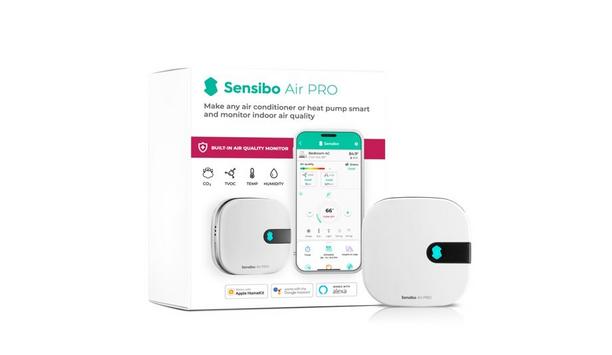Esthetics have historically not been a primary consideration when it comes to HVAC vents and grilles. Rather, HVAC vents have been typically concerned with performance and ease of production, manufactured from stamped metal or extruded. “There have been limited efforts to make HVAC components that are also interior design elements,” says Mark Mascarello, Head of Design and Production of InviAir.
It’s a missed opportunity. “I’m not an interior designer, but I feel like attention to detail is becoming more important,” says Marscarello. “With HVAC fixtures that can provide an interior design element, people don’t have to settle for unsightly HVAC grilles.”
HVAC vent solutions
“Designers do not need to sacrifice or ignore esthetics for HVAC performance,” says Mascarello. “They need to become more informed and design-forward.”
Tools such as automation and state-of-the-art design software make it simpler to create unique HVAC vent solutions, including design-forward air diffusers and grilles. Automation tools pave the way for architects and designers to incorporate HVAC elements as part of the overall design. Sometimes the approach might be as simple as using a linear diffuser to provide a clean look that is more conducive to design.
Performance requirements of InviAir
The design prevents condensation, cracking, and creaking noises that can come from moving parts
Founded in 2018, InviAir is a small company in Brooklyn, N.Y., with 18 employees, providing custom solutions to match any shape, size, and performance requirements. The company focuses on practical solutions to the construction materials marketplace while always keeping esthetics in mind.
Products are designed based on customer requests, generally from a designer. The company also maintains an inventory of its more standardized products. The products are made using a proprietary wood-based composite material, which has a lower carbon footprint than metal. Their patented design allows the diffusers to be integrated into and installed flush with the drywall. There is nothing outside the drywall and also no exposure of moving air to metal, no fins or baffles. There is no visual clutter. The design also prevents condensation, cracking, and squeaking noises that can come from metal and moving parts.
 |
| Custom round diffusers are integrated with pendant lights and a specialty acoustical ceiling at an Ivy League University library's reading room |
InviAir products
InviAir products, such as the one-slot linear and round diffusers, have been tested by Intertek Labs to provide performance data on parameters such as volume, static pressure, noise criteria, and throw. A report from Intertek notes a reduction in condensation of up to 95%.
Used in a variety of environments from high-end homes to commercial spaces and hospitality properties, the new air distribution concept frees architects and interior designers from the constraints of designing around traditional, unsightly air vents.
 |
| A custom curved diffuser is among the design-forward products offered by InviAir |
Recent renovation in HVAC installation
“When clients or designers want our products, we work to get them solutions they are happy with, which builds customer loyalty,” says Mascarello. “It helps if we can provide a cutting-edge solution they are happy with, but others might not know of. We pride ourselves on providing a lot of support.”
InviAir worked to integrate custom round diffusers with the pendant lights and the acoustical ceiling
An example of the impact of design on an HVAC installation can be seen in the recent renovation of a library at an Ivy League University. Inspired by photos of the library’s reading room taken in the early 20th century, the architects wanted to replicate the look of chandeliers hanging from the ceiling. To approximate the required look, pendant lights were coupled with HVAC diffusers. InviAir worked to integrate custom round diffusers with the pendant lights and the specialty acoustical ceiling. The result was reduced clutter in the new ceiling design.
InviAir customer
An InviAir customer might be an interior designer, architect, general contractor, or even a homeowner. The company prefers to work with HVAC installers to understand any sizing and installation needs. “A lot of our traffic comes through advertisements to our website,” says Mascarello. InviAir has seen an increase in requests for smaller units, ductless technologies, and VRF.
InviAir works to match the airflow requirements and create a more seamless system. They have also seen requests in New York City for products that work with high-velocity systems, which provide a workaround in brownstone buildings that were not built for HVAC. The high-velocity systems have smaller ducts and air moves faster to provide adequate air flow. The approach requires building customized parts.



